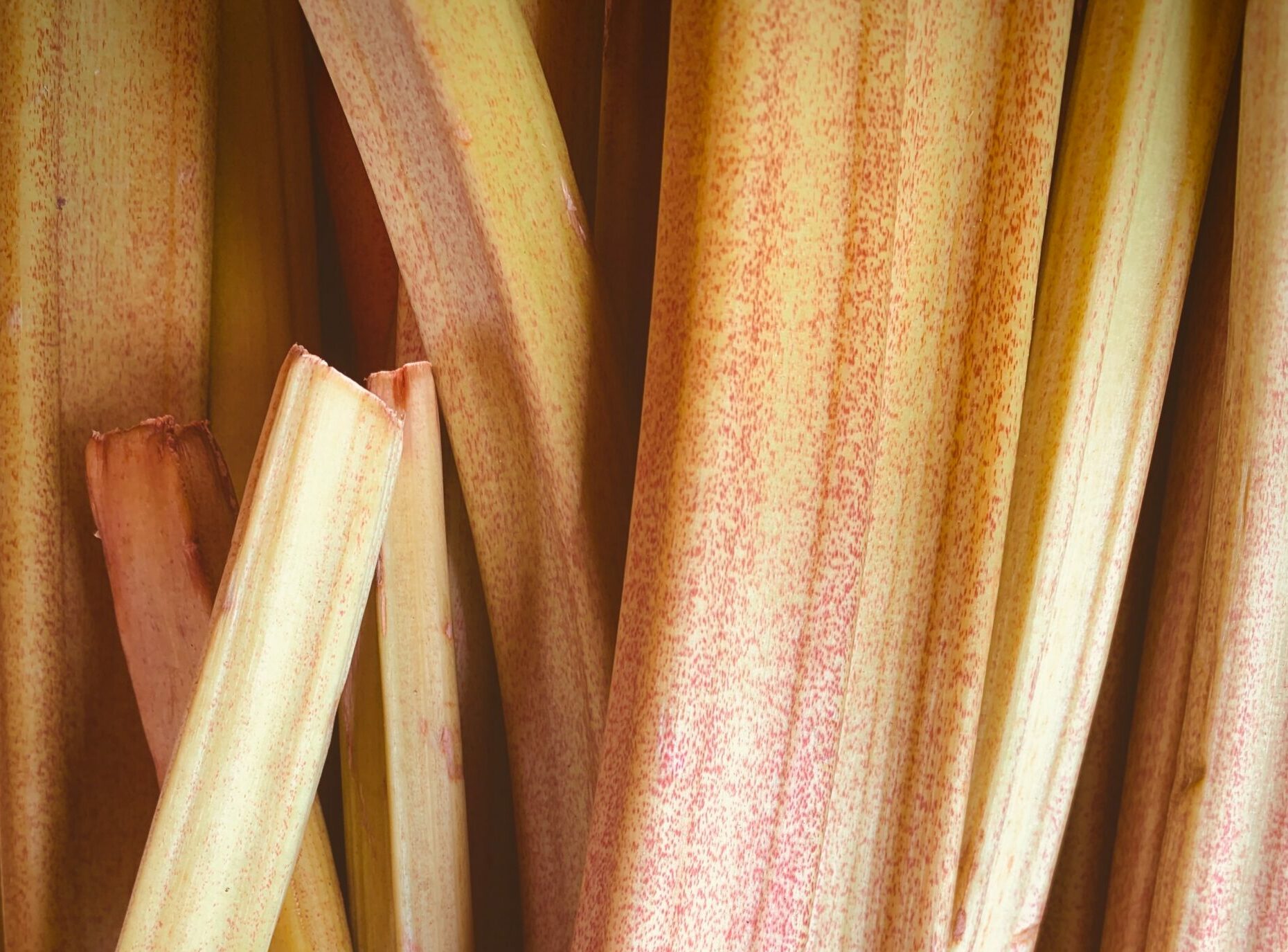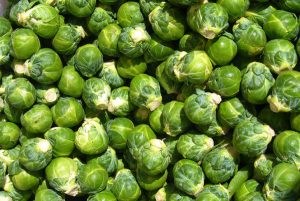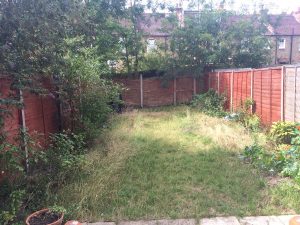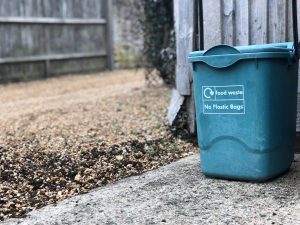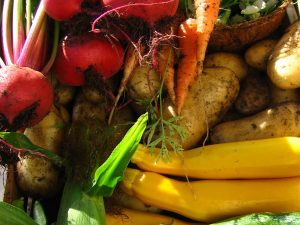Rhubarb is one of the easiest, almost indestructable perennial plants to grow, but is also a fairly large plant with a deep root system so is not suitable for close spacing or containers. However, it can be grown in open based containers.
Rhubarb leaves contain oxalic acid, which is poisonous, but are safe to compost. Only the stems are eaten. Avoid feeding the leaves to livestock.
Recommended Rhubarb Varieties
Rhubarb can be grown from seed but it takes several years to bear adequately and does not always produce true to type. The easiest and preferred method is to grow rhubarb from root cuttings called crowns.
Different varieties mature at different times of the year, and it is possible to have rhubarb cropping from April to August. Varieties can also offer degrees of stalk redness and sweetness.
For early cropping and forcing, try Timperley Early. Victoria is a late variety. Glaskin’s Perpetual is popular and tolerates some stalk harvesting in the first year.
Rhubarb Pests and Problems
Generally a trouble free crop, rhubarb can suffer from crown rot and honey fungus. If this happens, dig up and burn the affected plants and roots. New crowns or plants must be planted well away from the old planting area.

Cultivating Rhubarb
- Rhubarb has a long, productive life, often for as long as ten years, sometimes longer, and produces sizable plants so allow adequate space for it to spread and to not compete with tree roots and such. Rhubarb is not suitable for pot growth due to huge roots.
- Plants started from root divisions are preferred over seeds.
- It does best in a free-draining, rich soil. Loosen the rhubarb bed at least 50 cm (20 inches) deep, add lots of topsoil and dig in plenty of organic matter, particularly well-rotted manure. Water well.
- Plant the crowns late October–March, just a few centimetres below the soil surface, spacing 1 m (40 inches) between each plant. Water in well again and weed regularly.
- In dry weather, young plants need regular watering until established.
- Rhubarb throws up seed stalks every summer and it’s best to pull out the whole seed stalk and discard it, otherwise, valuable energy and food is diverted to the seeds at the expense of edible stalk production.
- The leaves die back in late autumn and the plant can be mulched with compost or well-rotted manure but not placed directly against any stalks.
- In February, as the crowns buds start to appear, add a handful of general purpose fertilizer such as fish, blood and bone, or Growmore.
- Propagating rhubarb is easy; when dormant from late autumn to early winter, choose a plant five years or older, dig it up, split into three vertically with a spade and leave on the surface to allow the crowns to be frosted. In early spring, as soon as conditions allow, replant. Discard any rotting or soft spots.
Harvesting, Eating and Storing
- Do not harvest any rhubarb in the plant’s first year,; the large root system needs energy to establish itself. Harvest a few stalks per plant in the second year, and from the third year take all but a few stalks from each plant.
- About early July discontinue picking the stalks of early varieties so the plant can recover for next year. Other varieties, pick only for about two months.
- Forced rhubarb produces a really sweet and tender crop. Place a large container (such as a black plastic dustbin) over the plant as soon as it sprouts in late winter/early spring. The extra warmth promotes growth and pale, tender stalks after about four weeks.
- Don’t continually force any one particular plant as you will exhaust and kill it. It must have at least one, preferably two years, before being forced again. Ideally, have several plants you can alternate with forcing. Feed the plants after forcing and discontinue picking after the pale stalks are taken.
- It can be eaten raw but more usually cooked in crumbles, pies, or as preserves.
- Rhubarb freezes well but should be stewed before freezing, or consider bottling it.

